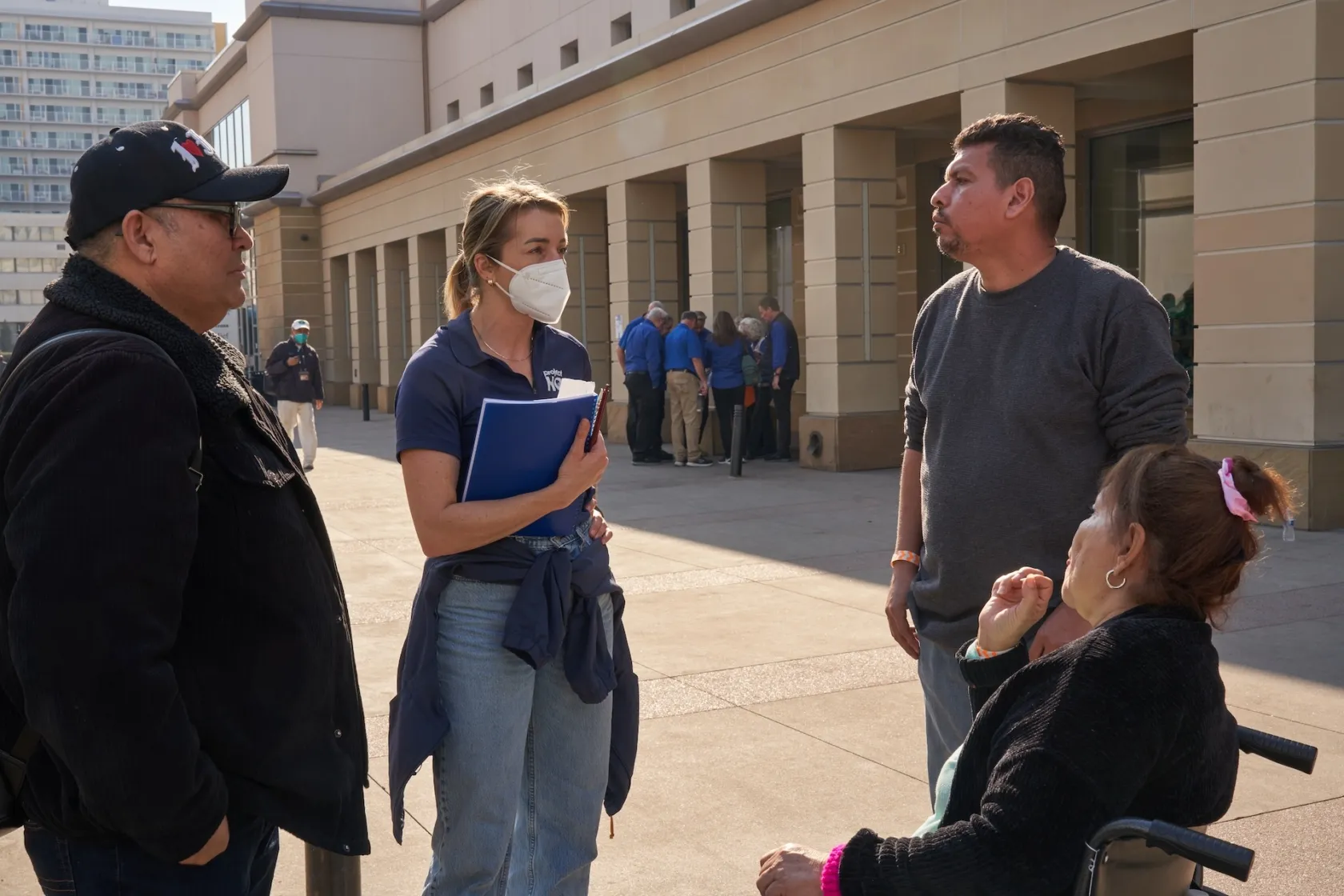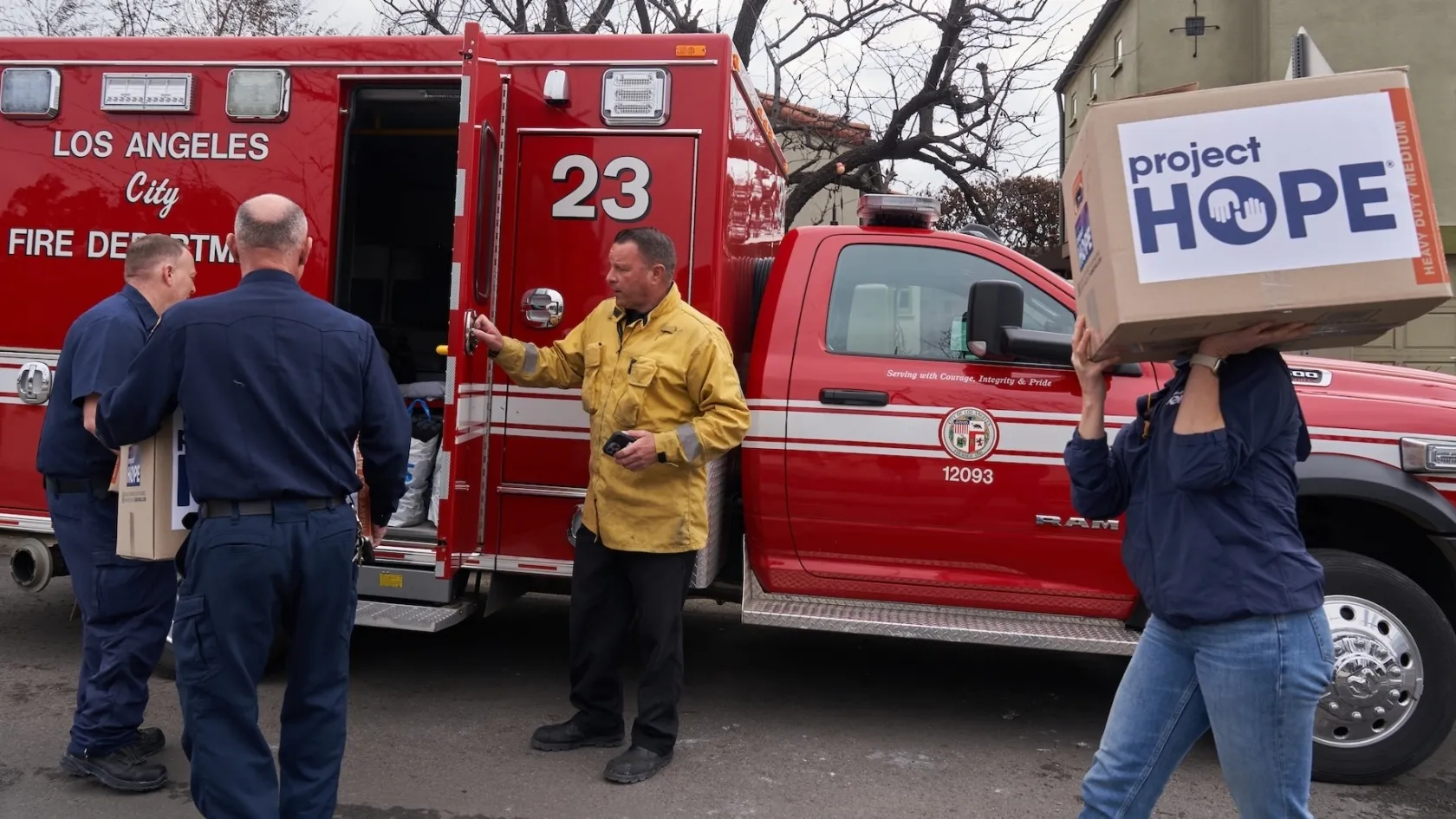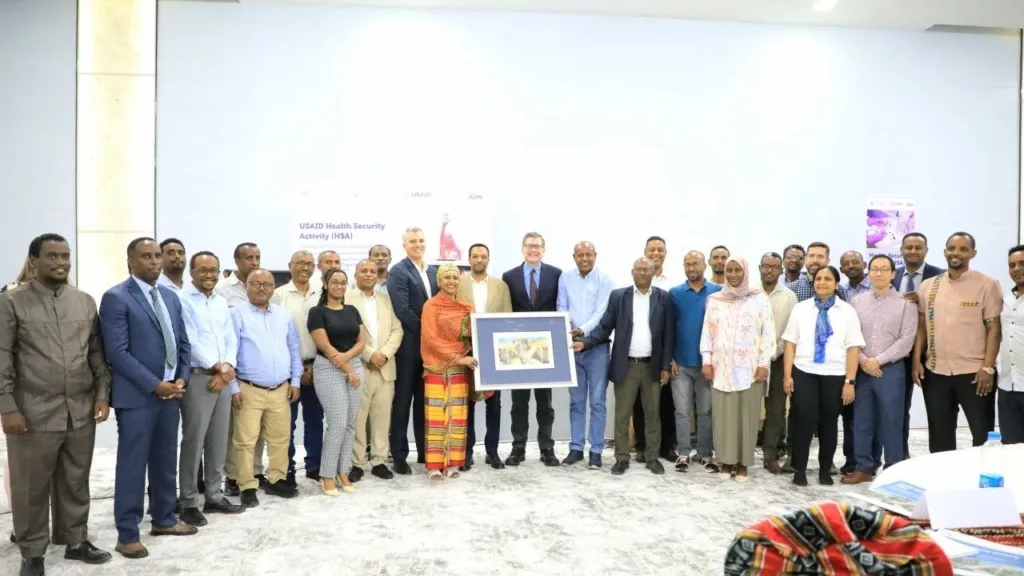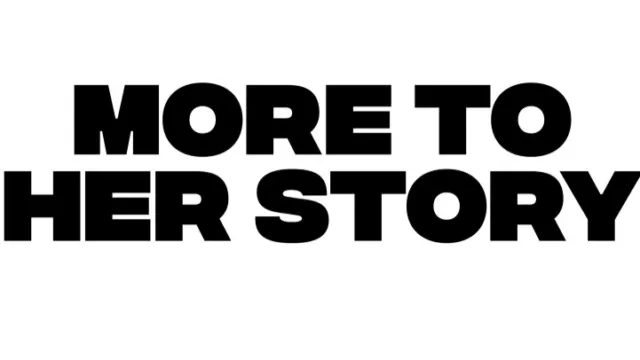California Fires: How to Help
Project HOPE is on the ground in Los Angeles providing long-term support following the devastating wildfires. Learn more about our response and how you can help.
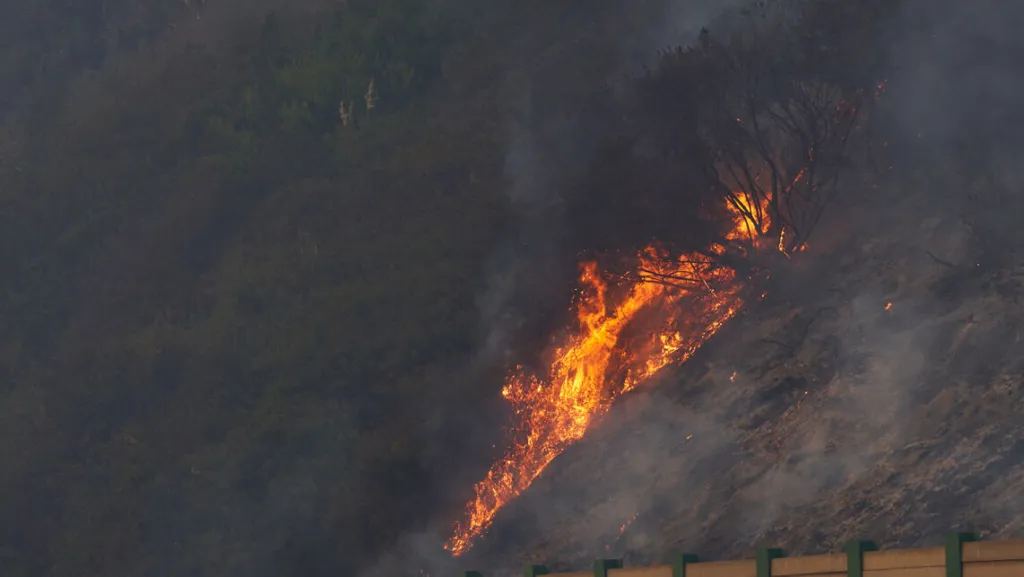
Communities in Los Angeles continue to grapple with the lasting effects of the devastating Palisades and Eaton wildfires, which destroyed more than 16,000 structures and displaced tens of thousands of residents.
Following emergency distributions of hygiene supplies, personal protective equipment (PPE), re-entry kits, and other items, Project HOPE’s Emergency Response Team is now focusing on filling the existing service gap in mental health and resilience programming for children, parents, teachers, and social workers who are processing the trauma and devastation of the wildfires.
Read on to learn more about how you can help.
How is Project HOPE responding to the wildfires in Los Angeles?
Project HOPE has reached over 16,000 fire-affected community members since the beginning of our response. This support includes health consultations (provided through local partners) and distributions of air purifiers, air filters, PPE, re-entry kits, dignity products, clean water, over-the-counter medicines, and Psychological First Aid items for children.
Project HOPE has developed a comprehensive mental health and psychosocial support (MHPSS) program to strengthen the capacity of frontline workers and meet the urgent mental health needs of children. Beginning with the Santa Monica-Malibu Unified School District, Project HOPE will be supporting direct engagement with children impacted by the fires, including those displaced and those who have lost their homes. Project HOPE is also working with parents and administrators to identify further methods of support for teachers and caregivers. Project HOPE is working with partners in the Altadena and Pasadena area to expand this support across Los Angeles County, with further rollout of MHPSS programming expected to follow.
MHPSS programs will include psychosocial activities for children and adolescents to help them cope with trauma. Project HOPE also continues to distribute Kid Kits to children impacted by the fires, which include creative and play items to support Psychological First Aid practices. Through partnerships with an array of community groups, Project HOPE also seeks to address the unique and specific mental health needs of different populations, including Indigenous, LGBTQ+, unhoused, uninsured, families impacted by the foster care system, and other under-resourced communities.
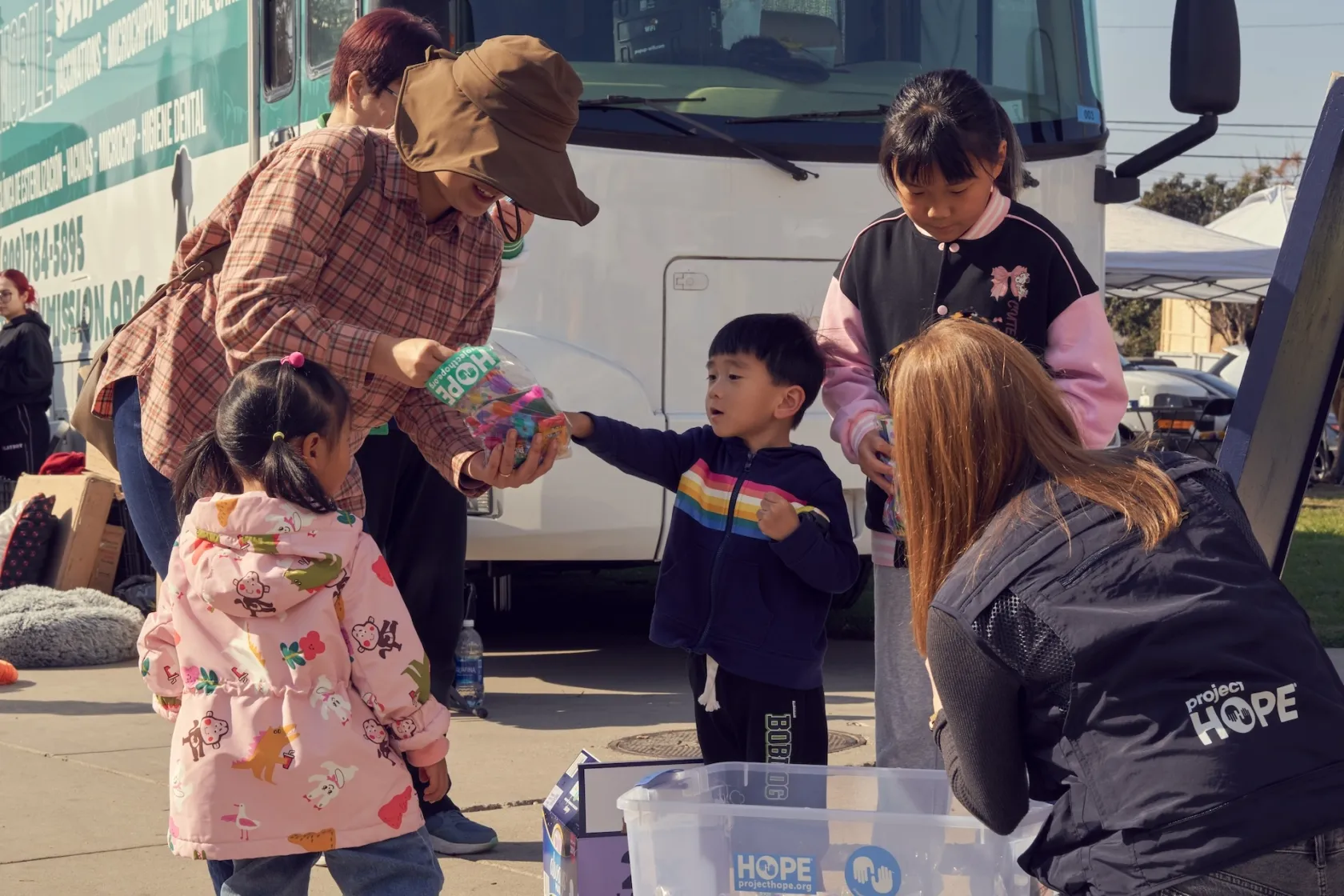
In the immediate aftermath of the fires, Project HOPE distributed over 2,500 personal hygiene supplies to 11 community shelters and organizations, as well as other essential items, including over-the-counter medicine kits, water, baby supplies, and dignity products.
Project HOPE also worked with several local health organizations to ensure their staff were able to continue providing critical health services to affected communities. AltaMed, a Federally Qualified Health Center based in Altadena that lost one of its clinics, provided services to displaced residents at the Pasadena Convention Center. With Project HOPE’s support, AltaMed’s medical staff conducted 550 consultations over three weeks. Project HOPE also partnered with the Lestonnac Free Clinic, which operated a mobile medical unit (MMU) in underserved areas.
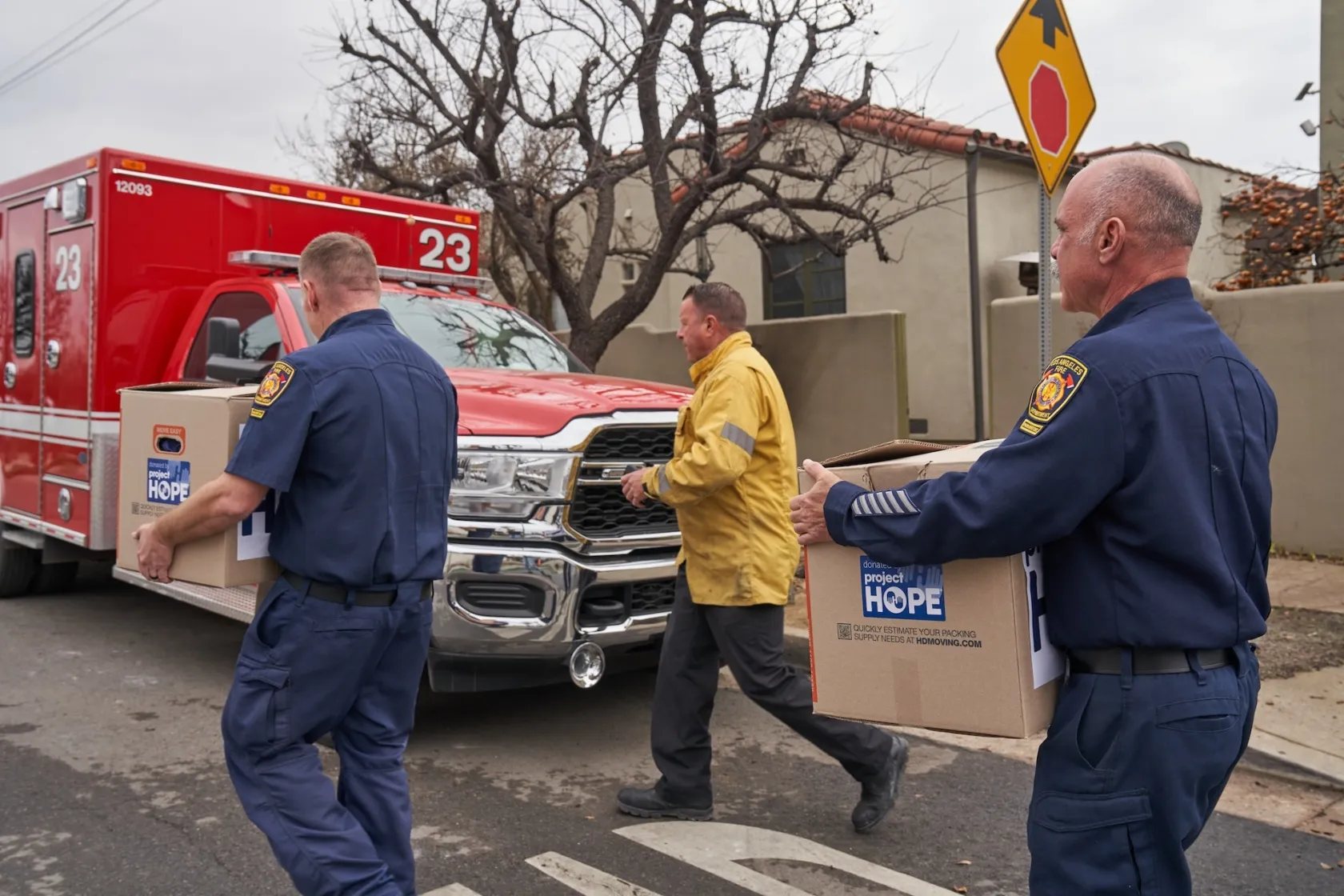
What are the greatest health needs following the wildfires?
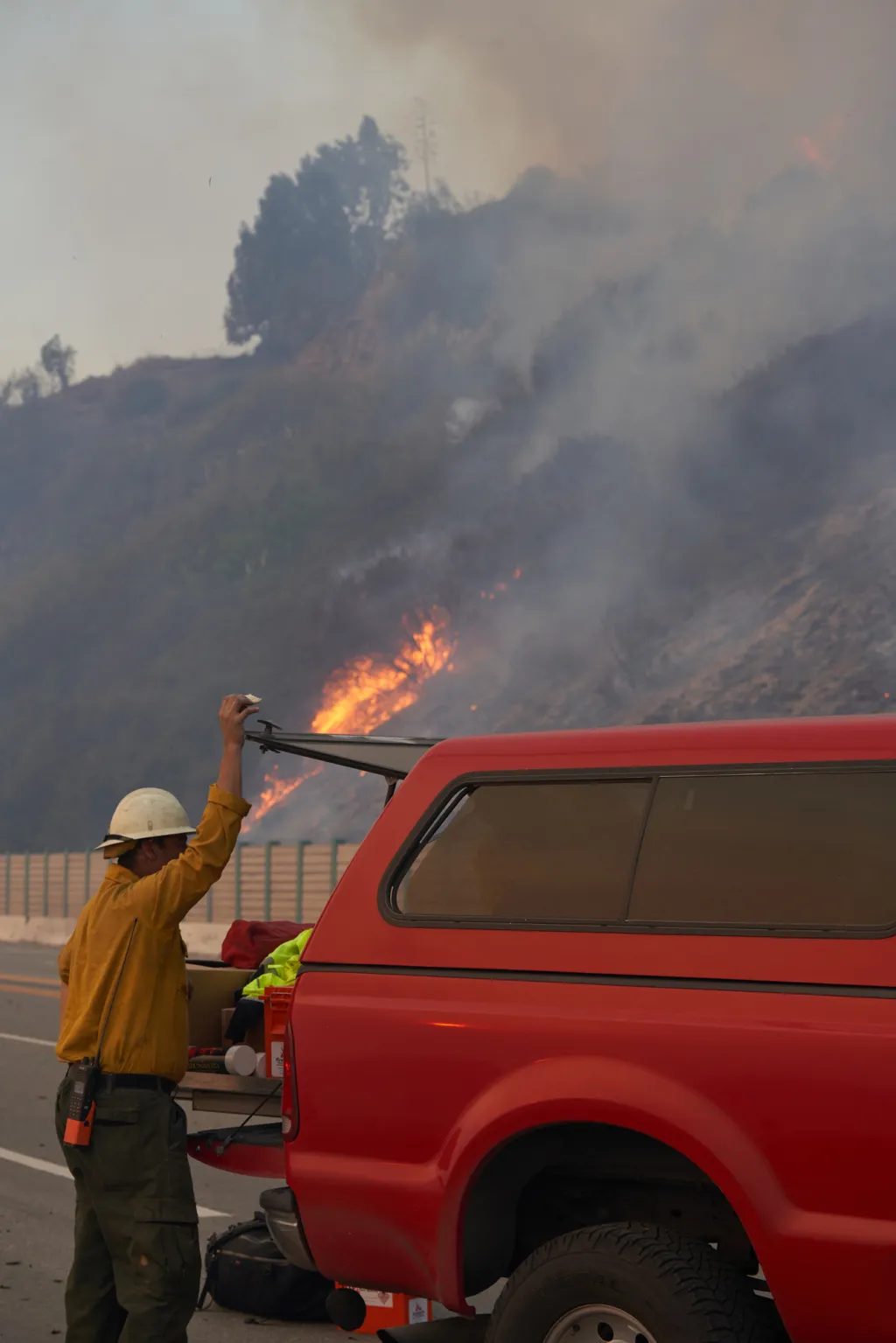
Now that the fires have been extinguished, new health and humanitarian challenges are emerging. Project HOPE has been working with fire-affected communities to identify how to best support the urgent need for mental health and psychosocial support, particularly among frontline workers and children. Exposure to disasters significantly increases the risk of anxiety, depression, and post-traumatic stress disorder — and the sudden disruption of daily routines and a loss of stability can lead to long-term emotional distress for children. For adults, many of whom are responsible for other individuals, their own mental health struggles compound with the people they support. This dynamic affects not only parents and caregivers, but teachers, health workers, social workers, and other frontline responders as well.
In the immediate aftermath of the fires, Project HOPE’s team visited shelters across Los Angeles to identify the greatest needs, which included PPE, hygiene supplies, bedding, and other non-food items. Additionally, local community-based organizations highlighted the vulnerability of unhoused populations and other marginalized communities who may not have access to government support.
Mental health issues increase greatly during natural disasters. Exposure to climate events increases the risk of anxiety, depression, and post-traumatic stress disorder (PTSD). After Hurricane Katrina, nearly half of survivors experienced some form of anxiety or mood disorder, with one in six developing PTSD. While wildfires differ from hurricanes and the scales of devastation are different, we know that mental health issues are likely to skyrocket following this disaster.
“I’ve faced crises and emergencies across the country and around the world, but the apocalyptic conditions unfolding here in my own community of Los Angeles are unlike anything I’ve ever experienced,” said Chessa Latifi, Deputy Director of Emergency Preparedness and Response for Project HOPE. “The immediate destruction is staggering, but the long-term impacts will be felt for years to come – impacting people’s mental health, straining our health systems, and leaving thousands without a home or community to return to.”
“The immediate destruction is staggering, but the long-term impacts will be felt for years to come – impacting people’s mental health, straining our health systems, and leaving thousands without a home or community to return to.”
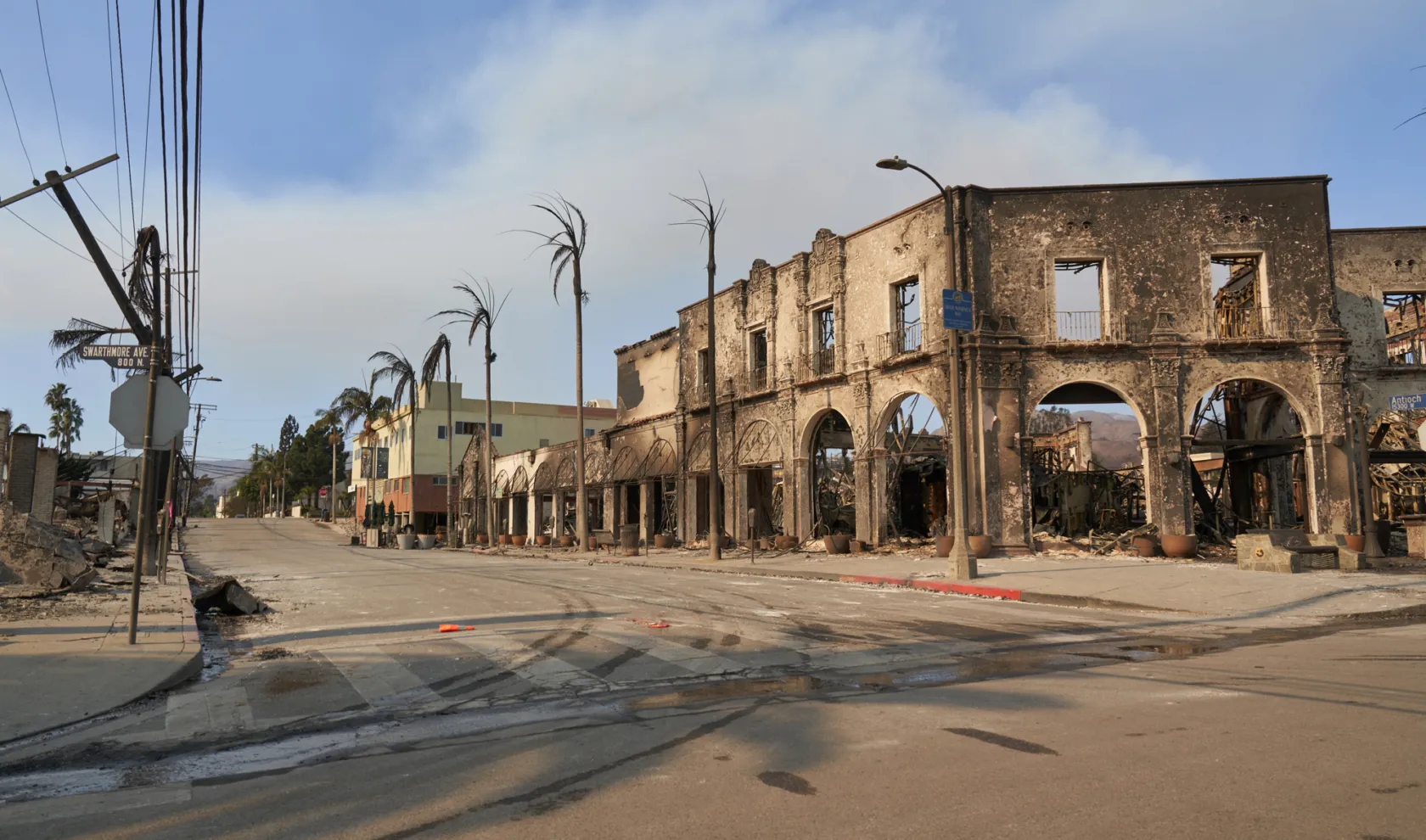
What is Project HOPE’s history in the U.S.?
Project HOPE has a long history of emergency response in the United States. Project HOPE most recently responded to Hurricane Helene and Hurricane Milton in 2024. Project HOPE also responded to Hurricane Idalia in 2023, Hurricane Ian in 2022, and Hurricane Ida in 2021 by providing surge staffing to health facilities, delivering urgently needed supplies to affected communities, and equipping health facilities with medicines and supplies.
Project HOPE previously partnered with free and charitable clinics across the southeast during the Covid-19 pandemic, helping dozens of clinics across Alabama, Florida, Georgia, Louisiana, and Texas provide more than 21,000 vaccines to communities in need. As frontline responders to underserved and under-resourced communities, charitable clinics are critical to improving health equity, especially during emergencies. Project HOPE is committed to supporting local responses and partnering with local organizations.
